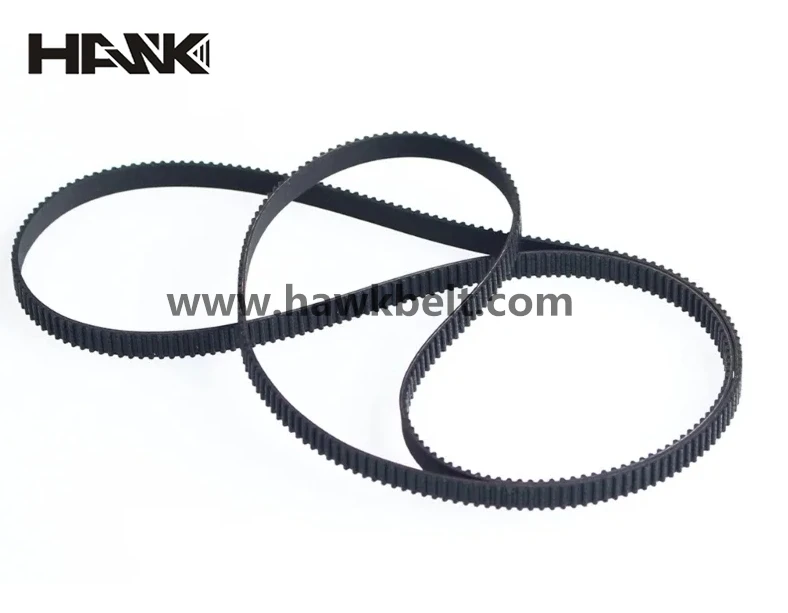- Arabic
- French
- Russian
- Spanish
- Portuguese
- Turkish
- Armenian
- English
- Albanian
- Amharic
- Azerbaijani
- Basque
- Belarusian
- Bengali
- Bosnian
- Bulgarian
- Catalan
- Cebuano
- Corsican
- Croatian
- Czech
- Danish
- Dutch
- Afrikaans
- Esperanto
- Estonian
- Finnish
- Frisian
- Galician
- Georgian
- German
- Greek
- Gujarati
- Haitian Creole
- hausa
- hawaiian
- Hebrew
- Hindi
- Miao
- Hungarian
- Icelandic
- igbo
- Indonesian
- irish
- Italian
- Japanese
- Javanese
- Kannada
- kazakh
- Khmer
- Rwandese
- Korean
- Kurdish
- Kyrgyz
- Lao
- Latin
- Latvian
- Lithuanian
- Luxembourgish
- Macedonian
- Malgashi
- Malay
- Malayalam
- Maltese
- Maori
- Marathi
- Mongolian
- Myanmar
- Nepali
- Norwegian
- Norwegian
- Occitan
- Pashto
- Persian
- Polish
- Punjabi
- Romanian
- Samoan
- Scottish Gaelic
- Serbian
- Sesotho
- Shona
- Sindhi
- Sinhala
- Slovak
- Slovenian
- Somali
- Sundanese
- Swahili
- Swedish
- Tagalog
- Tajik
- Tamil
- Tatar
- Telugu
- Thai
- Turkmen
- Ukrainian
- Urdu
- Uighur
- Uzbek
- Vietnamese
- Welsh
- Bantu
- Yiddish
- Yoruba
- Zulu
Ліст . 20, 2024 07:30 Back to list
serpentine drive belt
Understanding the Serpentine Drive Belt A Comprehensive Guide
The serpentine drive belt is a crucial component in modern automotive vehicles, playing a vital role in the functioning of various engine accessories. Unlike older models that relied on multiple V-belts to drive individual components, the serpentine belt streamlines this process by providing a single, continuous belt that can service multiple devices, such as the alternator, power steering pump, water pump, and air conditioning compressor. In this article, we will delve deeper into the function, construction, maintenance, and signs of wear and tear associated with the serpentine drive belt.
Function and Importance
The serpentine drive belt is responsible for transferring power from the engine’s crankshaft to various accessories. It maintains the operations of critical functions, including the electrical systems (via the alternator), steering mechanisms (via the power steering pump), coolant circulation (via the water pump), and climate control (via the air conditioning compressor). This single belt setup reduces engine weight, minimizes friction loss, and simplifies the assembly process, ultimately enhancing the vehicle's efficiency.
Construction and Materials
Typically made from high-quality rubber, the serpentine belt often includes polyester reinforcement to improve its strength and longevity. The composition can vary, with some belts manufactured using EPDM (ethylene propylene diene monomer) rubber, which offers superior resistance to heat, oil, and ozone damage, ensuring long-lasting performance even under extreme conditions. The ribbed design on the inside surface of the belt allows for better grip on pulleys, reducing slippage and wear.
Maintenance and Replacement
serpentine drive belt

Regular inspection of the serpentine drive belt is crucial to prevent unexpected failures. It's recommended that drivers check for signs of wear, such as cracks, fraying, or a shiny, glazed appearance, which can indicate that the belt is slipping or worn out. Most manufacturers suggest replacing the serpentine belt every 60,000 to 100,000 miles, but this can vary based on driving conditions and vehicle usage.
To conduct a proper inspection, look closely at the belt while the engine is off to check for any visible damage. Ensure that the belt is properly aligned on all pulleys and feels firm to the touch. It's also beneficial to listen for any abnormal noises like squealing or squeaking, which may signal that the belt is losing grip or that there is an underlying issue with the associated accessories.
Signs of Wear and Damage
Various symptoms can indicate that your serpentine belt is nearing the end of its lifespan. As mentioned earlier, physical damage, such as cracks or fraying, is a clear indicator that the belt may need replacing. Additionally, if you notice a decrease in performance from components like the air conditioning or power steering, it could be due to a slipping or damaged belt.
In more severe cases, a broken serpentine belt can lead to engine overheating since the water pump may stop functioning, resulting in catastrophic damage. Therefore, being proactive about maintenance and replacements can save considerable time, money, and hassle in the long run.
Conclusion
The serpentine drive belt is an essential part of modern vehicle operation, linking the engine to various critical systems. Understanding its function, how to maintain it, and recognizing signs of wear can help car owners avoid unexpected breakdowns and costly repairs. If in doubt, always consult with a professional mechanic who can provide expert advice and ensure that your serpentine belt and the systems it connects are functioning optimally. By prioritizing regular inspections and timely replacements, you can ensure a smoother, more reliable driving experience.
-
Buy Serpentine Belt Online – Affordable Prices & Durable Quality
NewsJul.26,2025
-
High-Performance Metric Variable Speed Belts for Industrial Use
NewsJul.25,2025
-
High-Quality Endless Flat Drive Belt for Precision Power Transmission
NewsJul.24,2025
-
High-Performance Serpentine Belt for Car Engines – Durable & Reliable
NewsJul.23,2025
-
High Efficiency V Belt Drive with Double & Toothed Options for Industry
NewsJul.22,2025
-
Affordable Fan Belt Cost - Compare Prices & Save | Auto Parts Deals
NewsJul.22,2025

